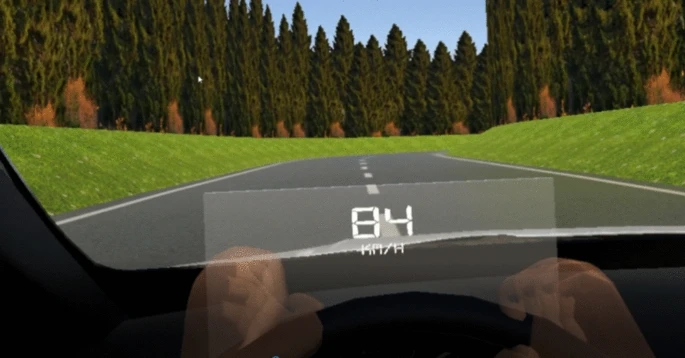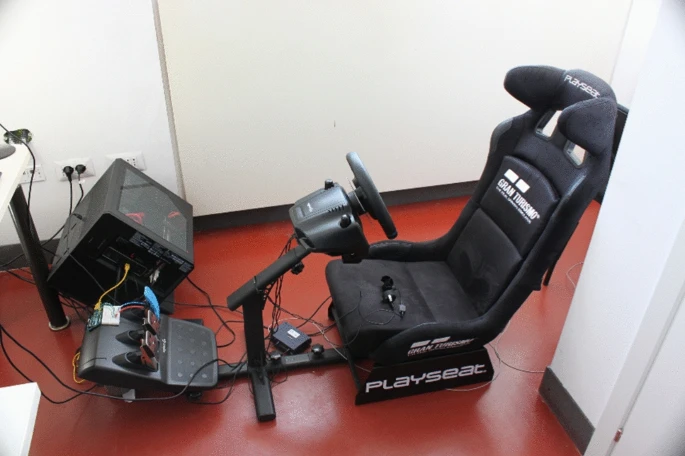Haptic technology refers to clothing or interactable objects that contains sensors and motors that allow the wearer to feel specific amounts of pressure or forces that are read into the clothing through VR or other technology
From Springer Link:
“As widely acknowledged by several international scientists, the Earth is facing a historical period of dramatic climate change…the transport sector plays an important role, accounting for 23% of the total CO2 emissions in 2010…possible way of cutting the private road transport sector’s emissions consists of modifying the way people behave when driving.”
“We customized an existing virtual reality (VR) driving simulator to deliver both visual and vibrotactile stimuli to communicate eco-driving tips. Visual feedbacks were delivered through the virtual reality environment and the vibrotactile ones through a haptic accelerator pedal…Despite not being statistically significant, the reduction of 14% in energy consumption as compared with the condition of no feedback can be considered as a good result and a great starting point for future improvements.”

What Can We Learn
VR and haptic technology can be incredibly useful on several fronts, even just in this seemingly niche case of promoting eco-friendly driving. Using haptics, we can carefully monitor all kinds of things that driver surveys can’t guarantee unbiased answers to. Is the driver comfortable? How does the scenery or road shapes change their behavior? We can track extremely small details, down to the adhesion of their hands to the steering wheel or where their eyes are looking on the road- without ever putting them into a vehicle. This makes these studies very efficient, while also being sustainable and cheaper to preform.
Haptic technology for driving has proven its usefulness in research, but it may have further applications. What about in a real car? Haptic feedback within seats, pedals, or buttons may be able to alert drivers to safer driving habits unobtrusively, avoiding distracting drivers with dashboard lights or screen pop ups that divert eyes from the road.




